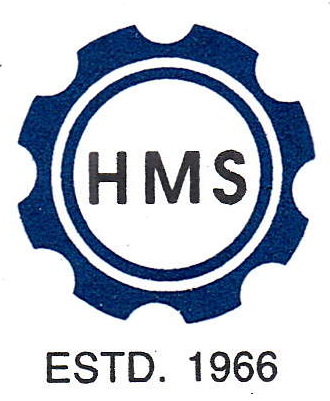Hastelloy Pipes & Tubes B-2
Products
Pipes & Tubes
Hastelloy Pipes & Tubes

We are offering Hastelloy B2 Pipes & Tubes which are manufactured as per the industrial standards. These pipes & tubes are widely used in various application industry such as Petrochemicals Plants, Oil Refineries, Fertilizers Plants, Sugar Mills, Chemical Plants, Pharmaceuticals, Textile Machinery, Industrial Machinery, Power Industry, Cement industry etc.
We also offer these pipes & tubes in a different size, grades, specification & thickness as per the client’s requirements. We also offer our clients for responsible price in the market.
Hastelloy B2 is a solid solution strengthened, nickel-molybdenum alloy, with significant resistance to reducing environments like hydrogen chloride gas, and sulfuric, acetic and phosphoric acids. Molybdenum is the primary alloying element which provides significant corrosion resistance to reducing environments. This nickel steel alloy can be used in the as-welded condition because it resists the formation of grain-boundary carbide precipitates in the weld heat-affected zone.
This nickel alloy provides excellent resistance to hydrochloric acid at all concentrations and temperatures. In additions, Hastelloy B2 has excellent resistance to pitting, stress corrosion cracking and to knife-line and heat-affected zone attack. Alloy B2 provides resistance to pure sulfuric acid and several non-oxidizing acids.
Limiting Factors of Hastelloy B2
Hastelloy B-2Alloy B-2 has poor corrosion resistance to oxidizing environments, therefore, it is not recommended for use in oxidizing media or the presence of ferric or cupric salts because they may cause rapid premature corrosion failure. These salts may develop when hydrochloric acid comes in contact with iron and copper. Therefore, if this alloy is used in conjunction with iron or copper piping in a system containing hydrochloric acid, the presence of these salts could cause the alloy to fail prematurely. Besides, this nickel steel alloy should not be used at temperatures between 1000° F and 1600° F because of a reduction in the ductility in the alloy.
Chemical Composition, %
| NI | MO | FE | C | CO | CR | MN | SI | P | S |
|---|---|---|---|---|---|---|---|---|---|
| Balance | 26.0-30.0 | 2.0 max | .02 max | 1.0 max | 1.0 max | 1.0 max | .10 max | .040 max | .030 max |
